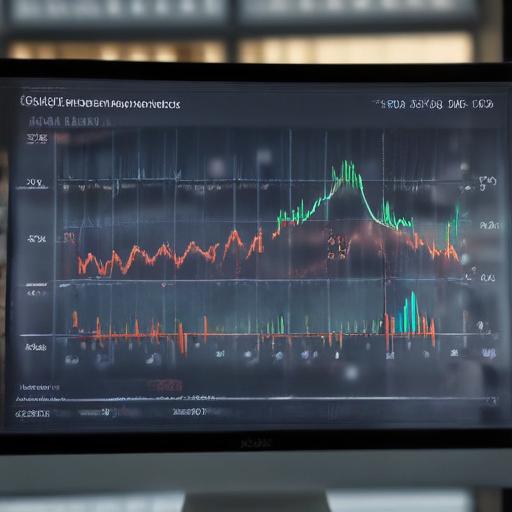U.S. Treasury yields are expected to remain within a limited range in the upcoming months, as a significant number of bond strategists foresees demand for Treasuries falling short of the anticipated surge in new supply. A recent survey indicated that 77% of the 30 bond strategists polled believe that this trend will persist for both the current quarter and the next.
Recent fiscal developments, including President Biden’s new tax cut and spending bill—which is projected to add $3.4 trillion to the existing national debt—are influencing market sentiment. Furthermore, escalating inflation risks stemming from a trade conflict, particularly related to tariffs on imports from Mexico and the European Union, have resulted in an increased U.S. “term premium,” the yield favoring longer-term bond investments.
Amidst these changes, net Treasury issuance is expected to approach nearly $500 billion this quarter, making financing these expenditures more challenging due to higher interest rates. The benchmark 10-year Treasury yield, currently at 4.42%, is predicted to hover around 4.40% by the end of September and decrease slightly to 4.30% by the year’s end.
Market analysts suggest that anticipated interest rate cuts by the Federal Reserve are contributing to this forecasted stability in yields. However, concerns about rising unemployment and the ongoing impacts of tariffs on inflation could complicate the Fed’s ability to adjust rates effectively. As Matthew Vegari from Clearwater Analytics points out, inflation’s effect on consumer spending and pricing strategies will play a crucial role in determining whether an economic slowdown occurs.
Meanwhile, the 2-year Treasury yield is projected to decrease to 3.63% by year-end, leading to a steepening of the yield curve, which could widen the spread between the 2-year and 10-year yields.
In light of these developments, the future landscape for U.S. Treasury yields looks cautiously optimistic, indicating potential stability amidst volatility. As bond strategists navigate these complex economic factors, the hope remains for measures that will balance fiscal policy and market demands effectively.
